High-Tech Ceramic
When Rado first introduced a watch with high-tech ceramic in 1986, it marked the beginning of a remarkable success story. This groundbreaking material, which had never been used in watchmaking in this way before, conquered the hearts – and wrists – of watch enthusiasts around the world with its scratch-resistant, lightweight and skin-friendly qualities.
Ceramic is an inorganic, non-metallic material that is consolidated by a firing process at high temperature. What sets this material apart is its high-purity starting materials in powder form with a perfectly uniform grain size. It is an extremely pure and finely calibrated artificially produced substance. Its advantage compared to conventional ceramics: in contrast to porous, fragile porcelain, high-tech ceramic is a compact, high-density material. Therefore it does not have to be specially enamelled to achieve a high-gloss finish. Ceramic is also an excellent colour carrier.
Plasma High-Tech Ceramic
Our pioneering plasma high-tech ceramic combines the qualities of high-tech ceramic with the unique shine of metal – without using metal. This unique process enriches completely finished white high-tech ceramic elements with carbon, giving them a metallic finish. They can have a polished, brushed or matt surface, which allows for a wide variety of looks.
Ceramos™
Ceramos™ is an innovative composite material. It combines the hardness properties of ceramics (around 90 % titanium carbide) with the toughness and lustre of a metal alloy – in other words, the best of both worlds. In a sense, Ceramos™ is a further development of hardmetal: it offers an improved scratch-resistance and has significantly lower specific weight.
At the beginning, it was not possible to shape this material using injection moulding. Rado used it for the first time in 1993 when the Rado Sintra product line was introduced, where it was pressed. In 2011, Rado developed a technology to make this material injectable. This injectable version is called Ceramos™. The last product to benefit from this advanced material is Diastar Original on the occasion of its redesign in 2022.
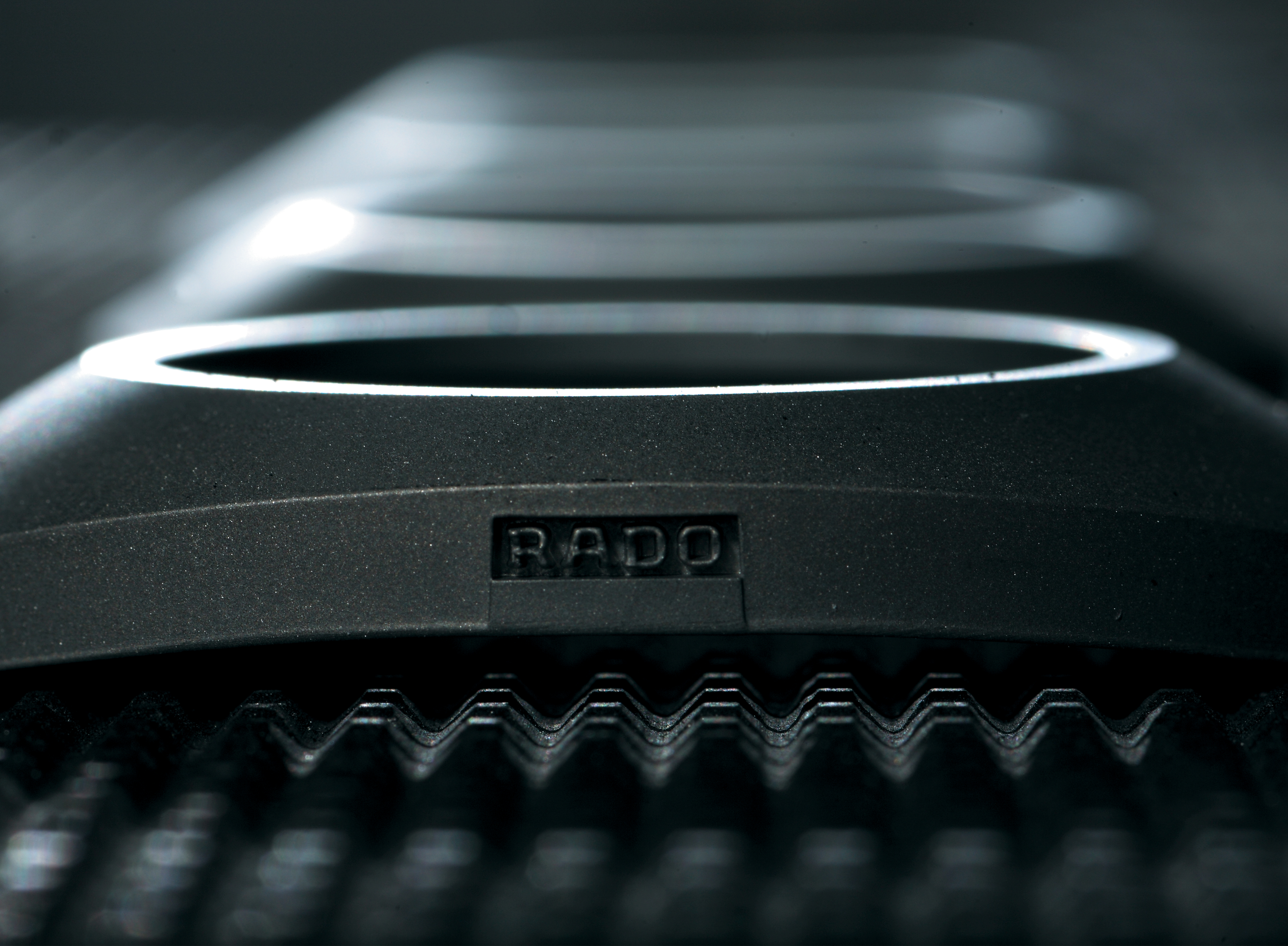,aspect=fill;Crop=(0,0,775,565),gravity=Center)
Hardmetal
This is how it all began at Rado in 1962 in terms of high-tech materials. Hardmetal is a composite material consisting of a ceramic – tungsten carbide – and a metal binder. The excellent mechanical properties of this compound combine the extreme hardness of the ceramic with the high toughness of the metal. Rado had the pioneering idea of using this material to manufacture watch components to create a watch with unparalleled resistance. The idea became a reality in 1962 with the Rado DiaStar (The Original) – an icon for the brand.
Hardmetal is shaped in the same way as high-tech ceramic. The finest tungsten carbide powder with a metal binder is mixed with a plastic, granulated and then formed by means of injection moulding. The hardmetal is sintered under vacuum at a temperature above the melting point of the metal binder. During this process, the metal liquefies, and the element obtains its final density and hardness and shrinks. The surfaces are then mechanically machined and polished on diamond wheels, which gives the elements their characteristic high-gloss finish.
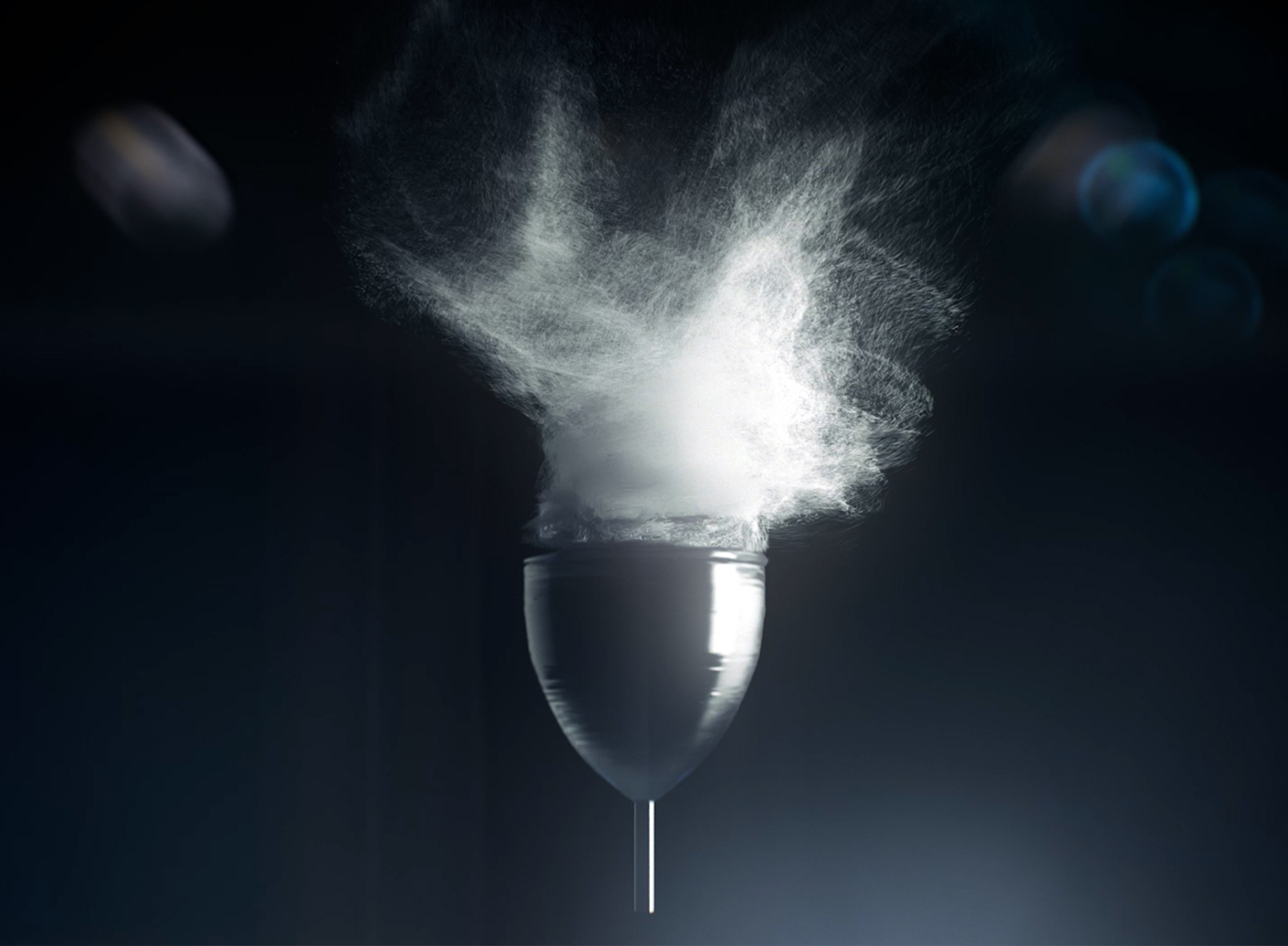,aspect=fill;Crop=(0,0,775,565),gravity=Center)
Sapphire Crystal
After diamonds, sapphire crystal is one of the world’s hardest materials and is characterised by its high degree of transparency – no wonder, then, that it has long been one of Rado’s declared favourite materials. In fact, Rado was the first manufacturer to use sapphire crystal on a large scale for a watch – for the Rado DiaStar 1 in 1962 – and, with this step, set lasting standards in the industry.
Sapphire is also closely linked to the brand in aesthetic terms, as it can be an important part of the design. This is the case, for example, with unconventional design, when the sapphire crystal extends over the entire case: this “edge-to-edge” sapphire crystal is additionally provided with a metallised area – another Rado speciality.
The production of watch glasses is a long and difficult shaping process. The boules are mounted on a drum and sawn into discs with a diamond saw. The glass is then given its definitive external shape,
which requires the utmost precision. Due to its extreme hardness, all machining and grinding processes must be carried out using diamond tools.
Stainless Steel
Stainless steel is found in all areas of daily life. And we at Rado also appreciate its qualities: stainless steel is corrosion and temperature resistant, durable and robust. Steel is an iron-based material with a chromium content of at least 11%, which protects the material against corrosion. Rado uses stainless steel 1.4435 as standard for all external watch components. This is a high-quality austenitic, non-magnetisable steel comprised of 18% chromium, 14% nickel, 3% molybdenum and a very low percentage of carbon, which makes it particularly resistant to corrosion.
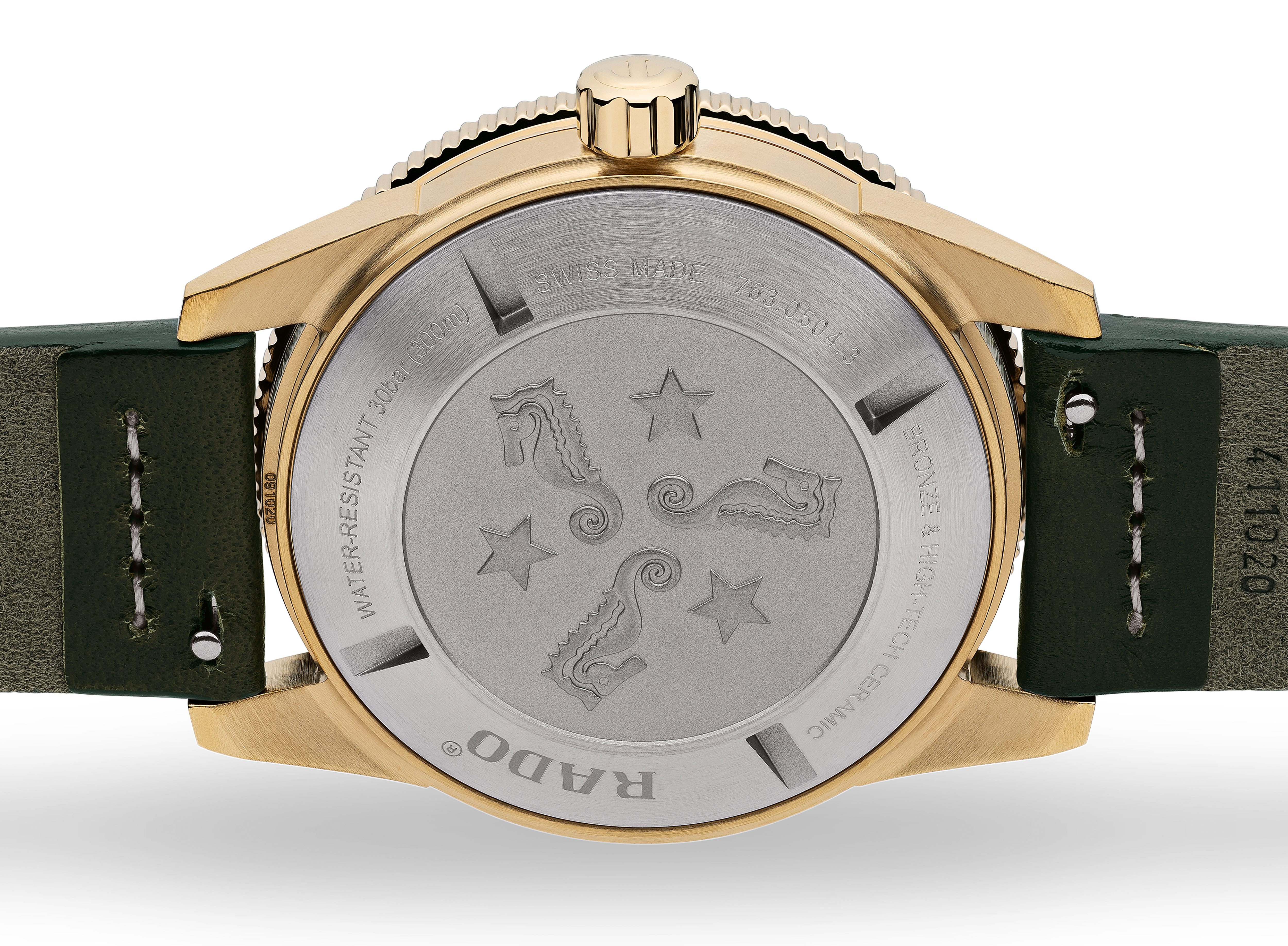,aspect=fill;Crop=(0,0,775,565),gravity=Center)
Titanium
Titanium is a light metal (density of 4.5), 45% lighter than steel, but has a similar mechanical strength. Titanium is also extremely corrosion resistant and hypoallergenic.
Rado uses titanium as standard to manufacture the folding clasps on its watch straps (with a few exceptions) and for certain other watch components such as case backs. The most commonly used material is grade 2 titanium, a pure titanium with small amounts of oxygen, which contributes to the increased hardness of the metal. Titanium is usually microblasted and has the typical dark grey titanium colour. Grade 5 titanium is used for certain polished titanium clasps. This is an alloy of titanium, aluminium and vanadium (Ti6Al4V) with excellent properties, which is also used in aerospace engineering and medical technology.
Bronze
Bronze is an unusual and rare material for a watch case. But this is not the only reason why it is of particular interest to Rado. Its metallic hue attracts all attention and gains an individual character with each passing year. Patina makes each bronze case unique – and thus a real witness to history.
Bronze, like ceramic, is a material of particular importance for the history of mankind. It is considered to be one of the first man-made metallurgical alloys, which was first used to make weapons, as well as jewellery and figurines. Bronze is based on copper and may contain various other elements,
which can be used in particular to harden the material – the most common compound is a copper-tin alloy (CuSn); it is used for the brancards of the Rado Hyperchrome. Rado uses a hypoallergenic copper aluminium alloy – used in marine applications for boat propellers – for its bronze watch cases, such as the Captain Cook.
Diamonds
It could be said that diamond is Rado’s natural ally. After all, the coveted ‘king of gemstones’ is considered the hardest natural substance on Earth. This makes it a real super material that fits perfectly into the portfolio of the ‘master of materials’. In addition to its great hardness, diamond is known for one thing above all else: its incomparable sparkle, which it gains from the right cut.
The French term ‘Jubilé’ is used to describe watches that are set with diamonds or other precious stones. Each of these watches is accompanied by a certificate of authenticity, which contains detailed information on the number, type and weight of the gemstones used.
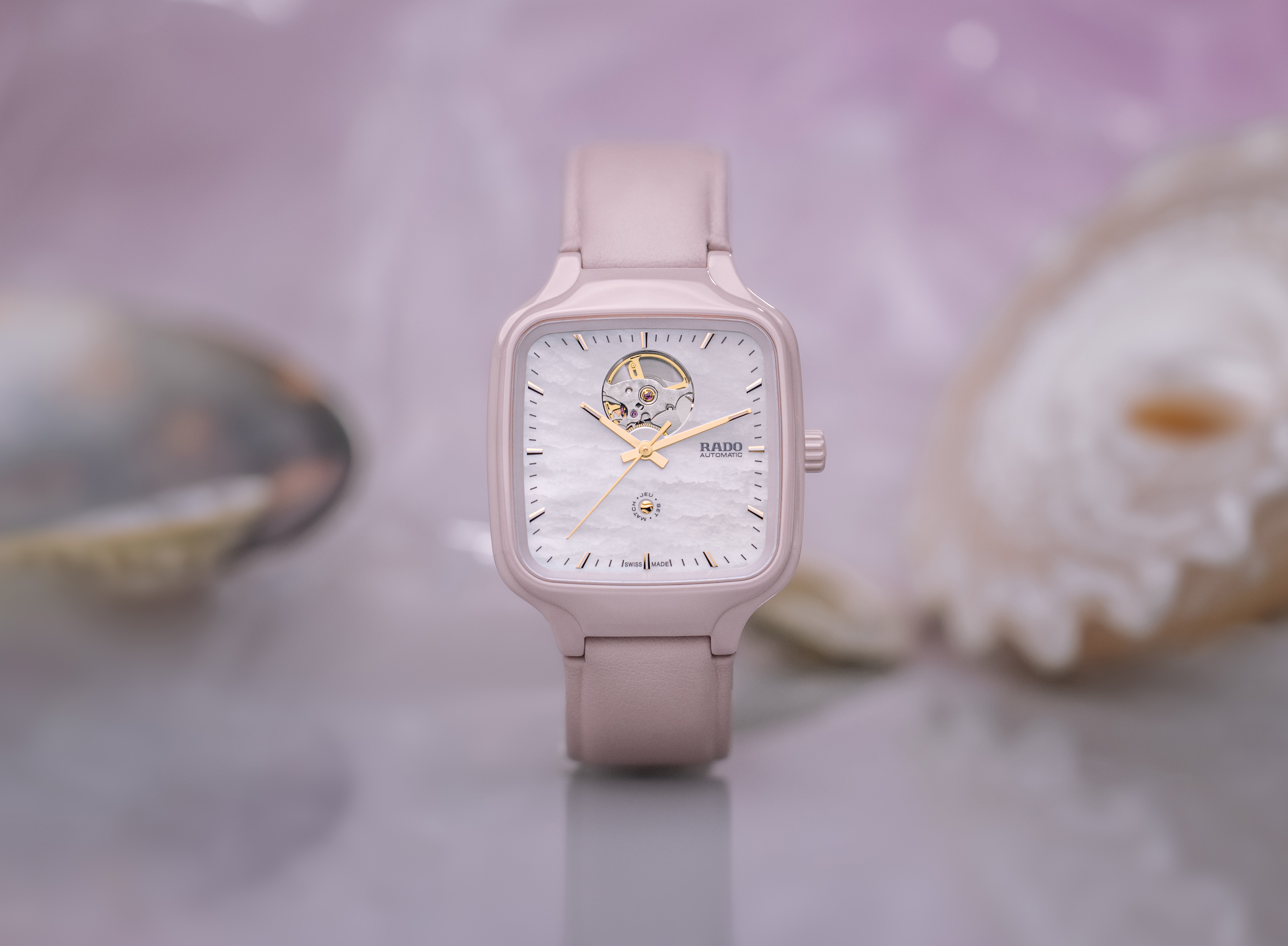,aspect=fill;Crop=(0,0,775,565),gravity=Center)
Mother of Pearl
Shimmering, rare, precious: mother of pearl has long been one of the most sought-after materials that nature has to offer. No wonder – after all, its individual grain is absolutely unique and every piece is one of a kind. Mother of pearl is a composite of organic and inorganic materials, which certain types of shell form on the inside of their shells. The material is highly resistant and naturally dazzles. Its structure is never the same, which is why mother of pearl lends uniqueness to every dial.
Leather
A leather strap gives the watch character and develops a distinct patina over time. But it can do more than just look good. Leather is an elegant material of animal origin, which is characterised by its high level of resistance and flexibility. Rado almost exclusively uses calfskin, sometimes textured, to make its strap and does not use any exotic animal skins.
Tanning, i.e. the processing of animal skins to stabilise them and turn them into leather, is a long and complex process that can involve hundreds of mechanical and chemical working stages. During processing, the leather can be dyed practically any desired colour and given the characteristic textures of another animal. The straps' production by cutting, shaping, lining and sewing the raw leather is also a long and complex process. Like all other companies in the Swatch Group, Rado strictly adheres to the Convention on International Trade in Endangered Species of Wild Fauna and Flora (CITES).
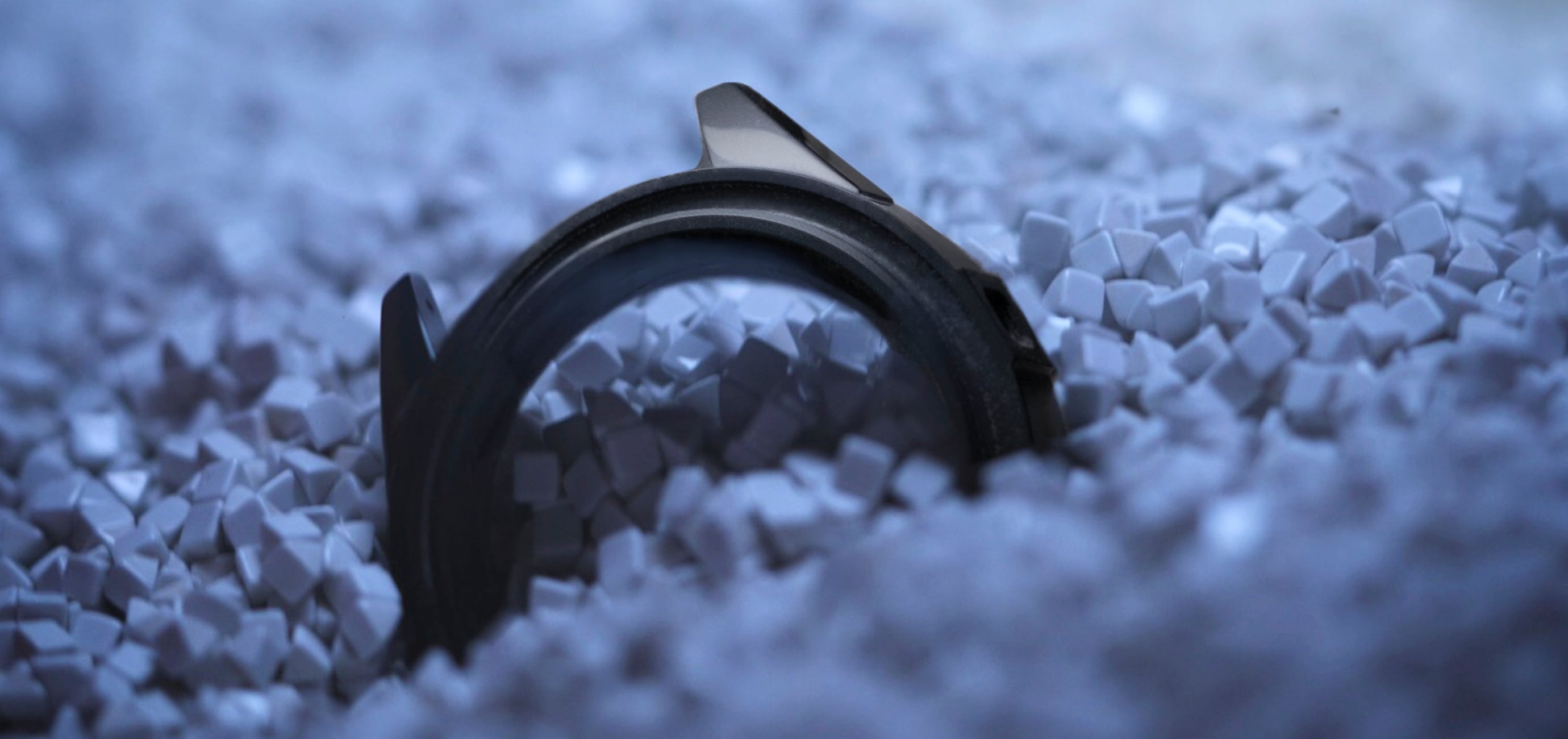
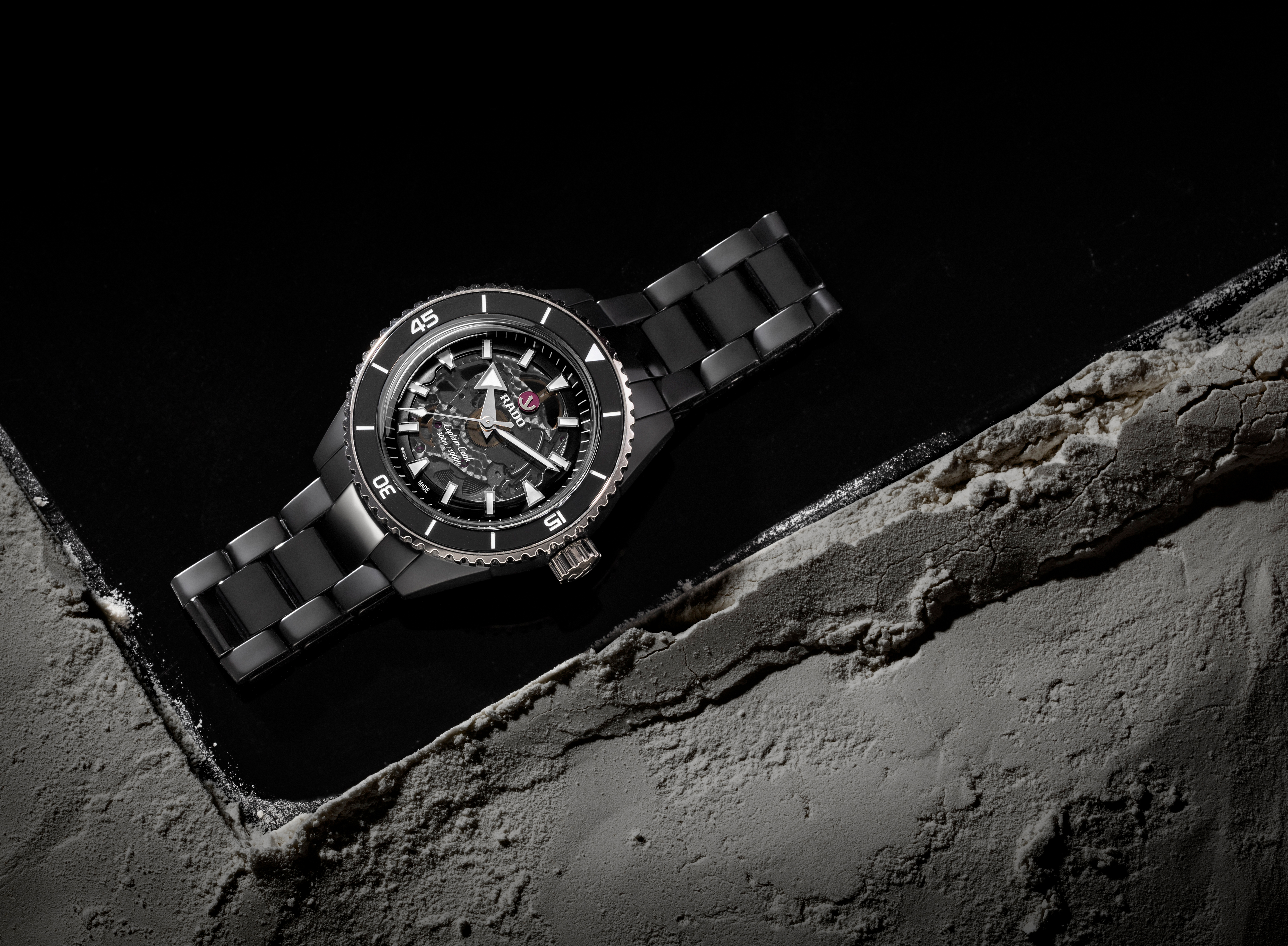,aspect=fill;Crop=(0,0,775,565),gravity=Center)
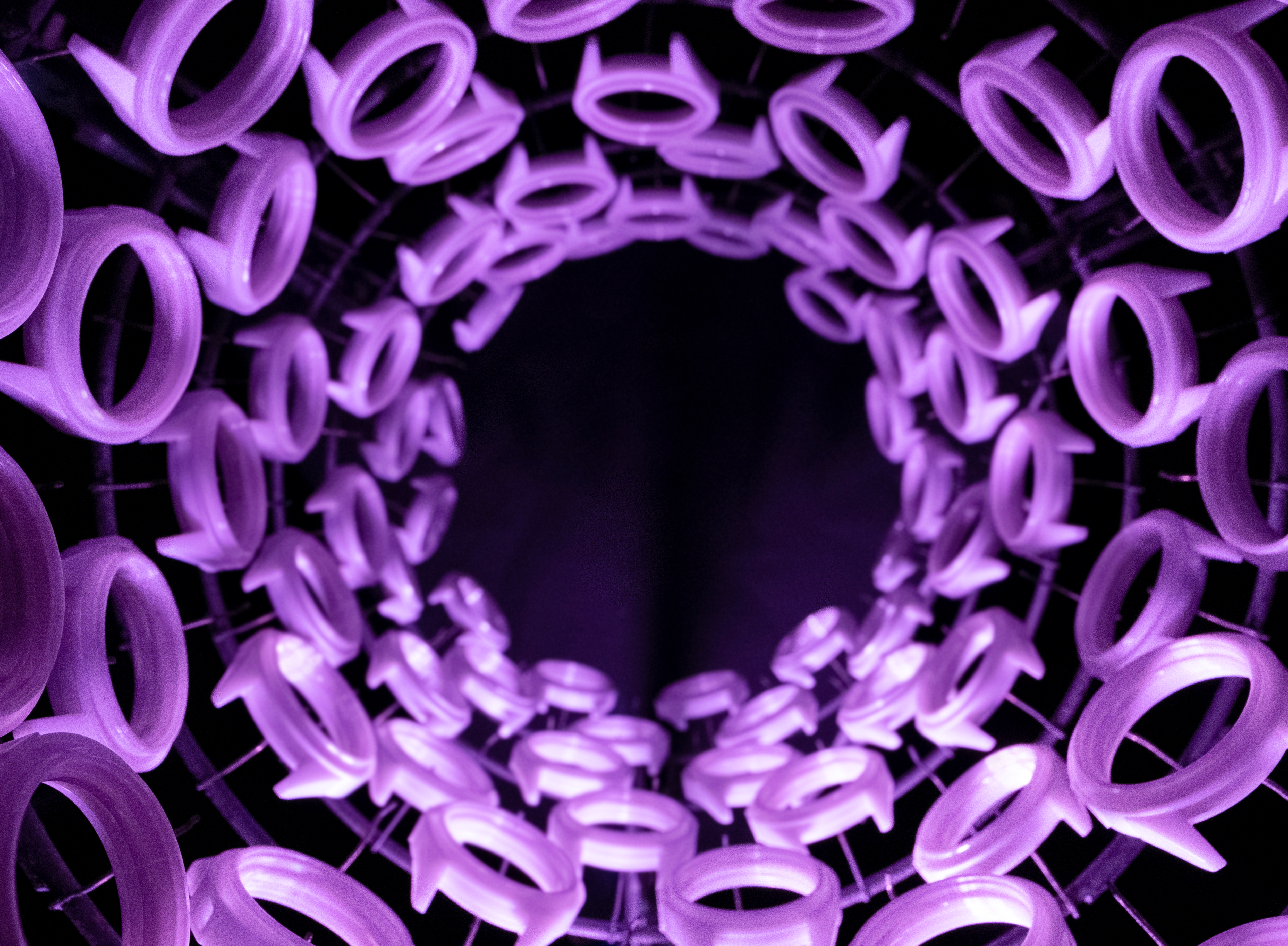,aspect=fill;Crop=(0,0,775,565),gravity=Center)
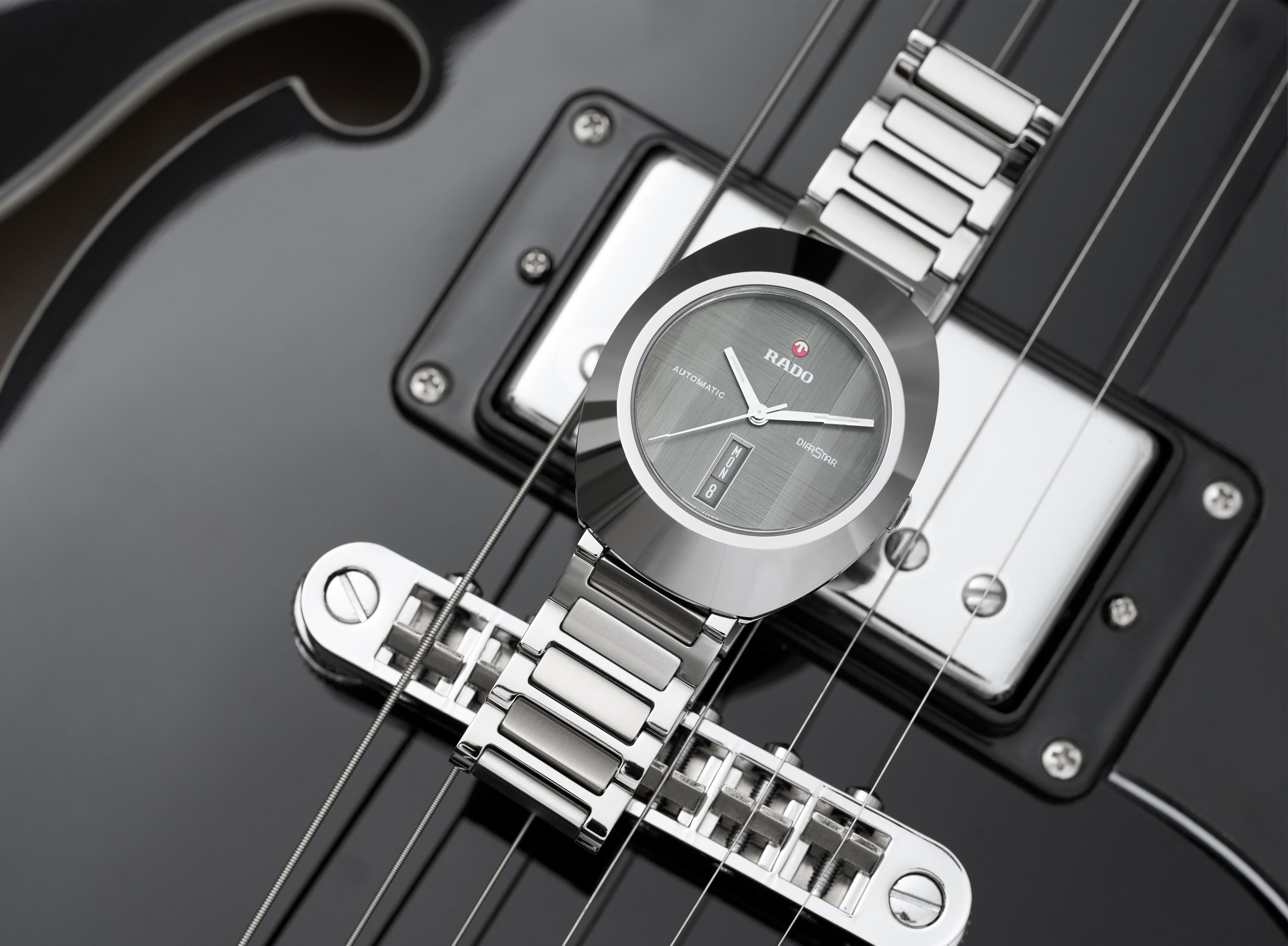,aspect=fill;Crop=(0,0,775,565),gravity=Center)
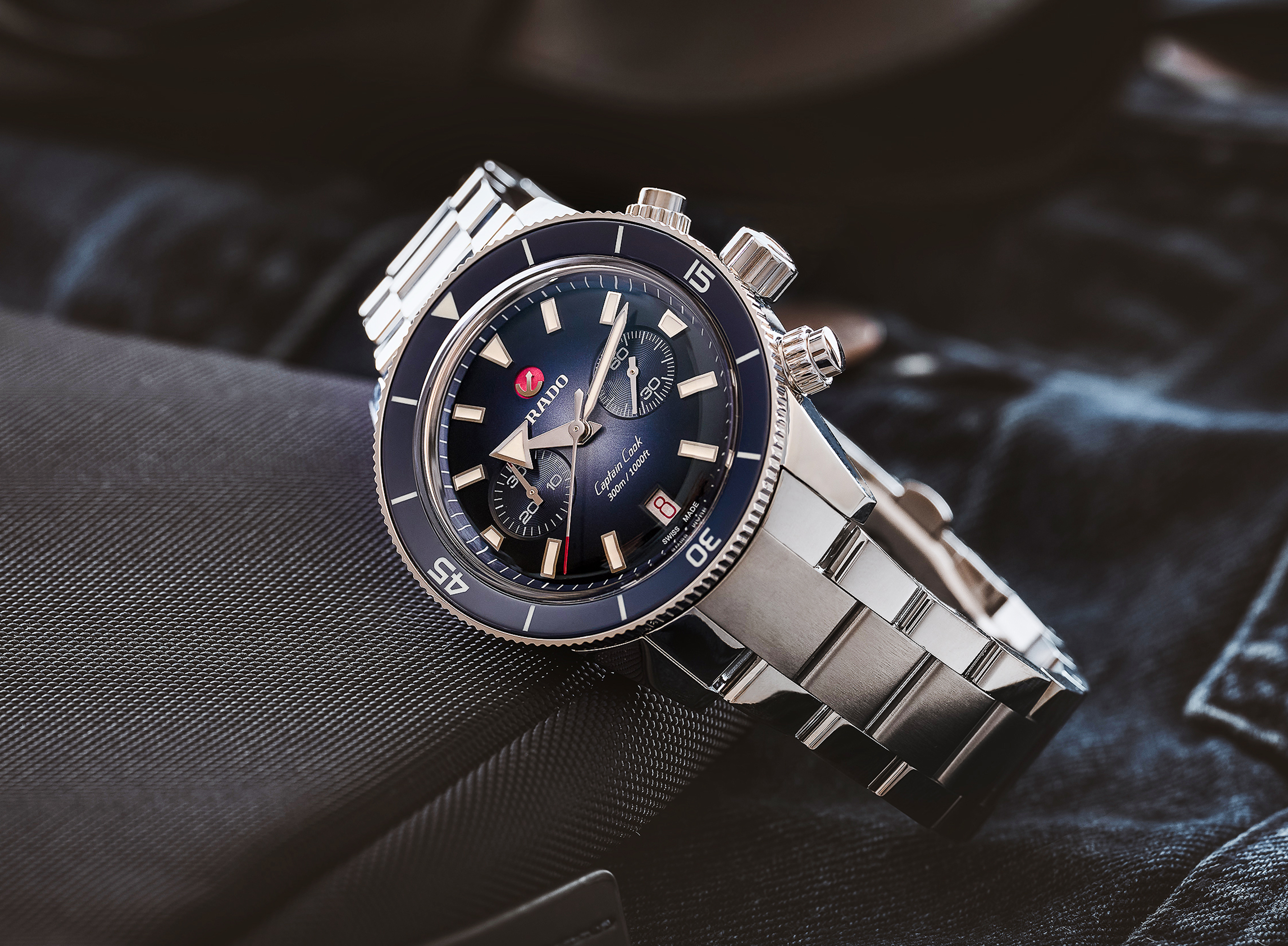,aspect=fill;Crop=(0,0,775,565),gravity=Center)
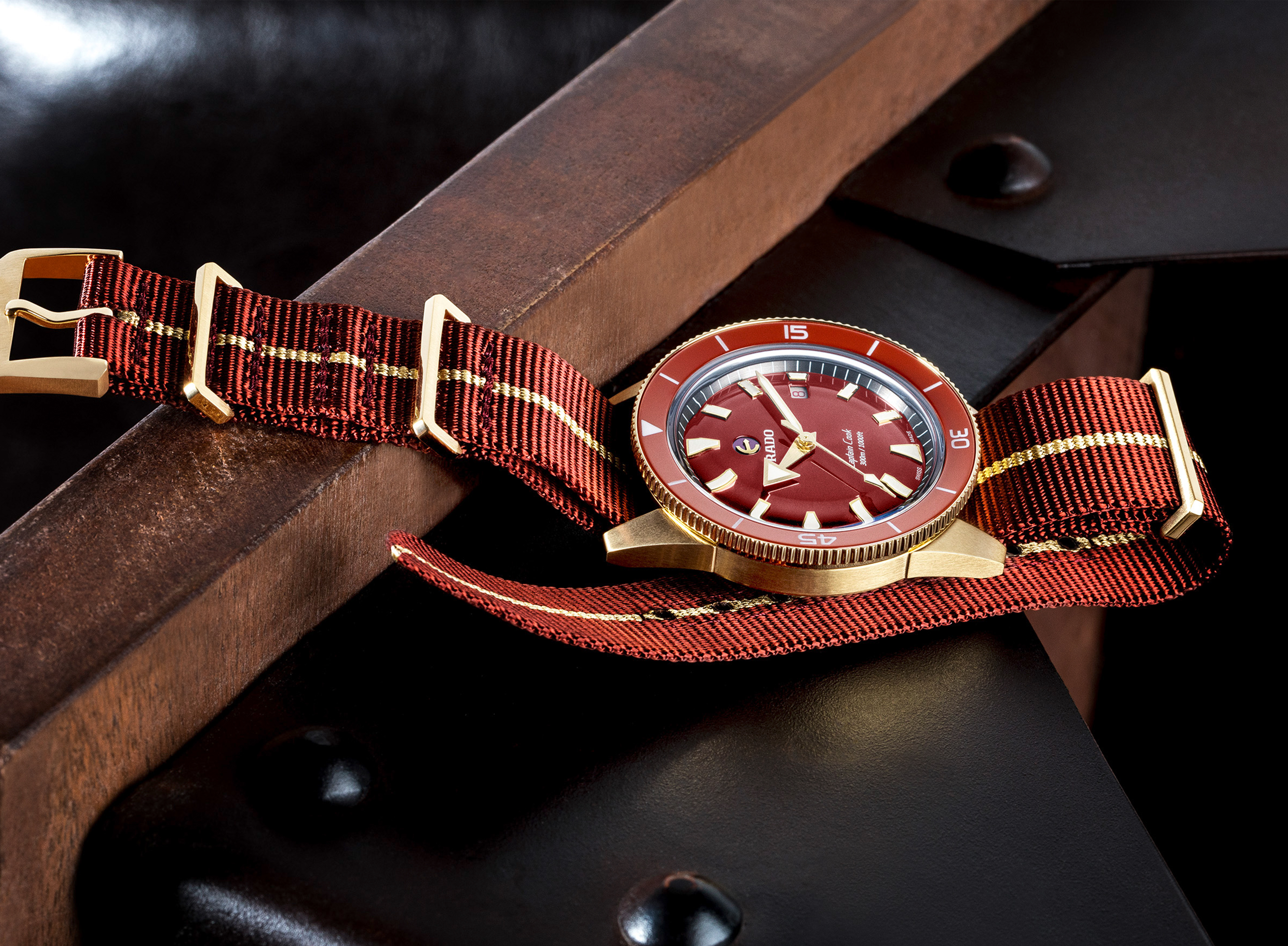,aspect=fill;Crop=(0,0,775,565),gravity=Center)
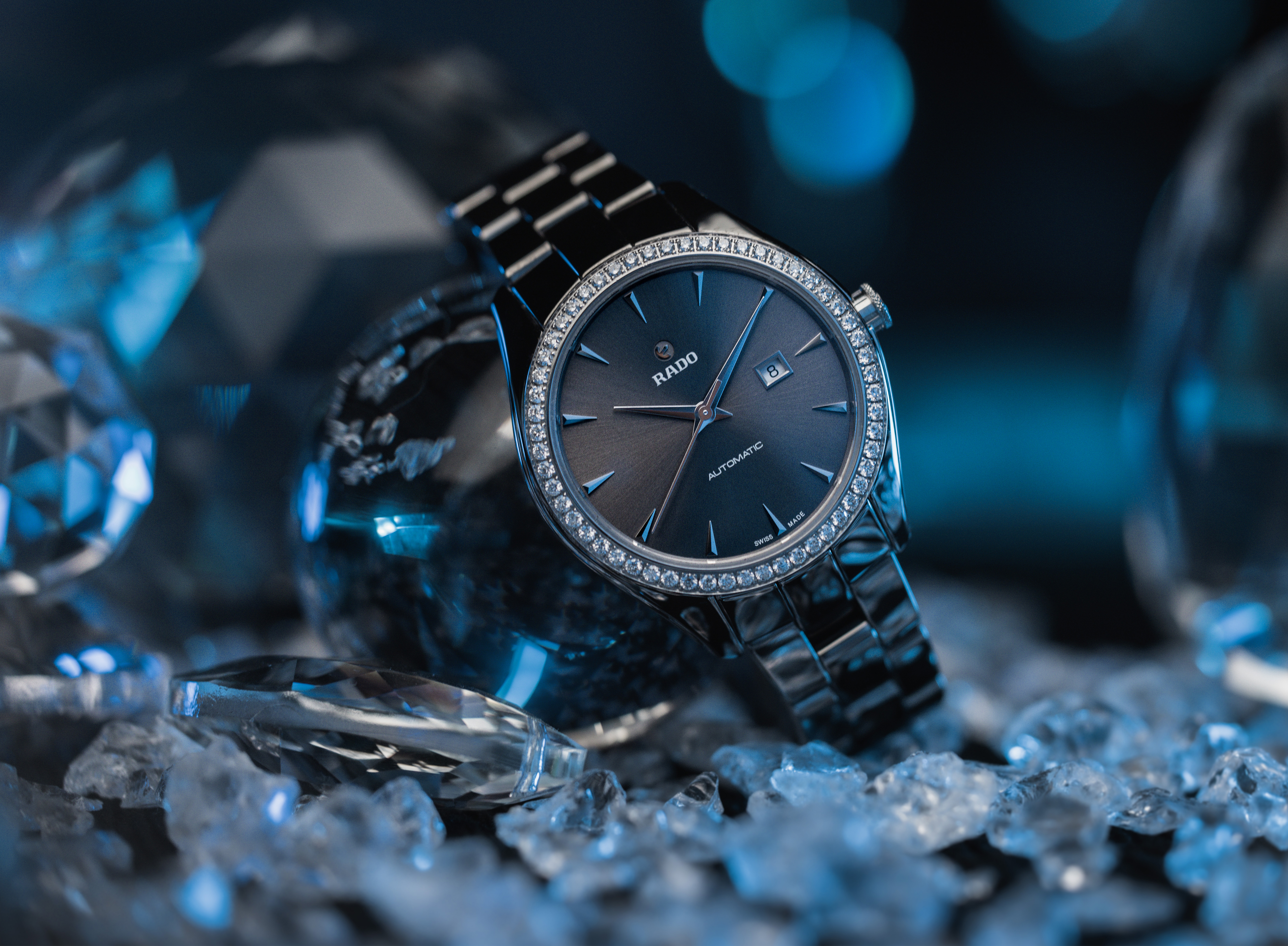,aspect=fill;Crop=(0,0,775,565),gravity=Center)
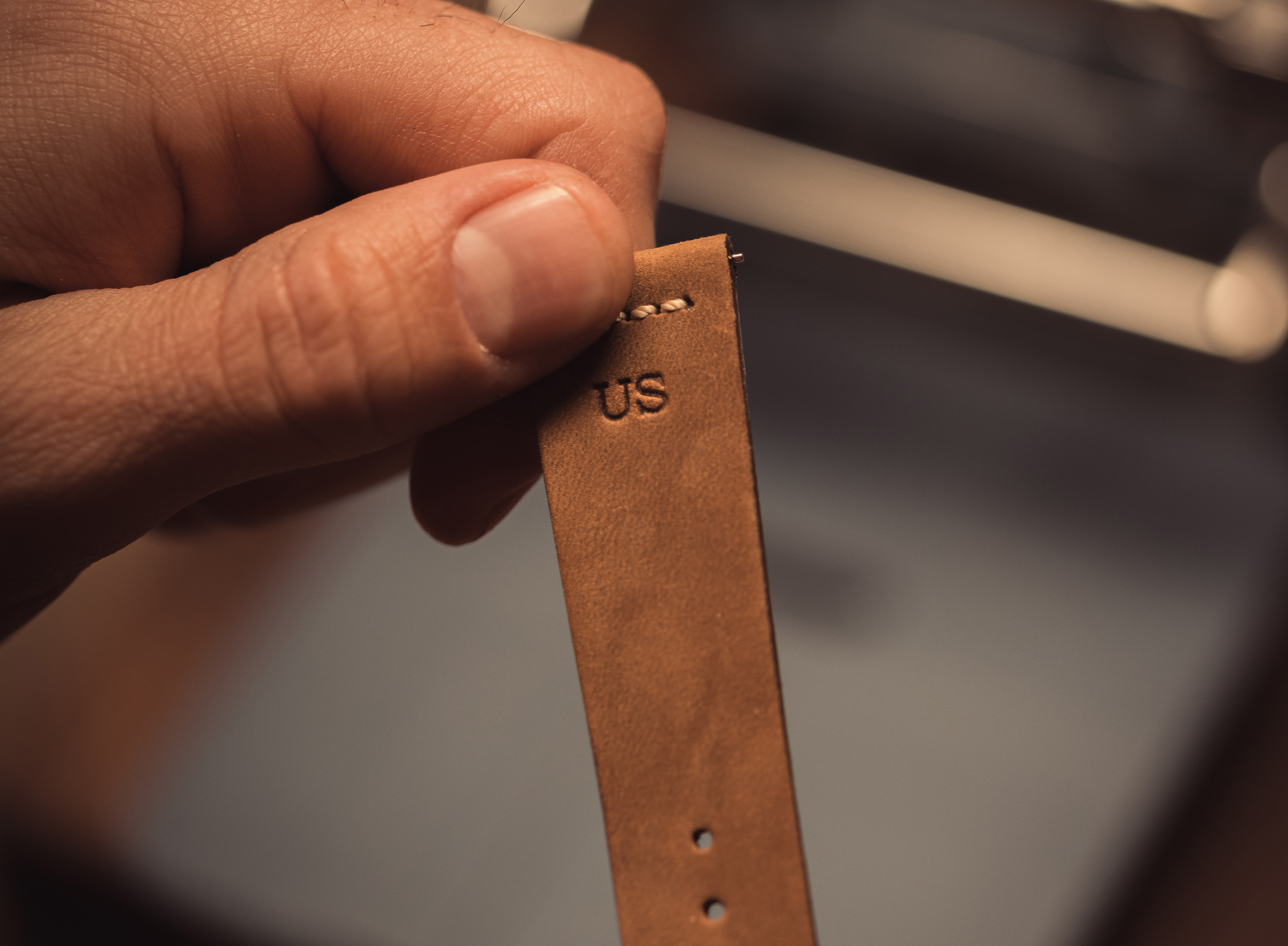,aspect=fill;Crop=(0,0,775,565),gravity=Center)